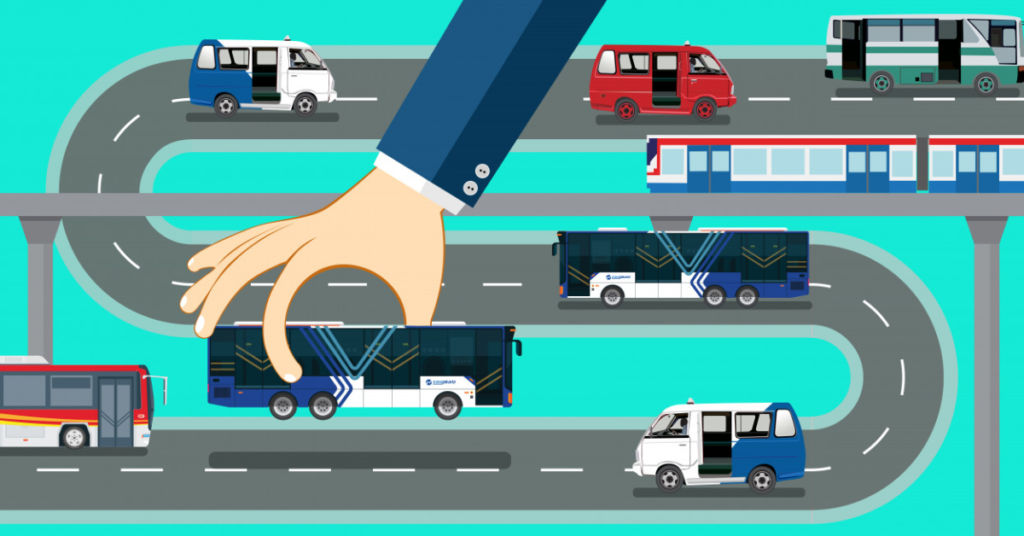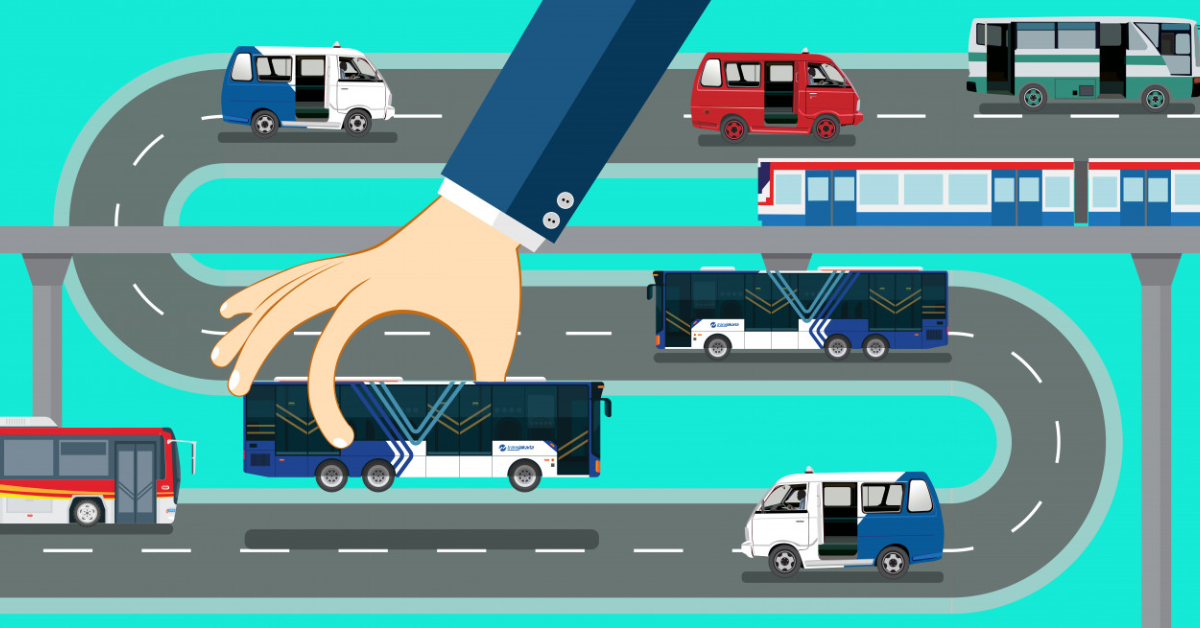Transportation is a key concern for students attending universities, especially those with large campuses or in urban areas. With students juggling classes, internships, extracurricular activities, and social engagements, having reliable and efficient transportation options is essential. This article explores the various transportation options available at universities, considering convenience, sustainability, and affordability. By understanding these options, students can make informed decisions about how to navigate their campus and the surrounding community.

1. Campus Shuttle Services
Many universities provide campus shuttle services as a primary mode of transportation for students. These shuttles typically operate on fixed routes, making stops at major campus buildings, dormitories, libraries, and dining facilities. Some shuttles also extend service to popular off-campus locations, such as grocery stores, shopping centers, or local transit hubs.
Shuttle services are often free for students and faculty, and they run on a regular schedule throughout the day. Larger universities may even offer multiple routes to ensure comprehensive coverage of the campus and surrounding areas. In terms of accessibility, many shuttles are designed to accommodate students with disabilities, making them a vital transportation option for all.
Advantages:
- Free or low-cost: Shuttle services are typically included in tuition fees.
- Convenient: They provide easy access to key locations on and around campus.
- Eco-friendly: University shuttles help reduce the number of individual cars on campus, lowering carbon emissions.
Considerations:
- Limited routes and schedules: Shuttles may not run during late hours or on weekends.
- Capacity constraints: During peak hours, shuttles can be crowded, potentially leading to delays.
2. Public Transportation Partnerships
Many universities partner with local public transportation agencies to offer students discounted or even free access to buses, trains, and other transit systems. This is particularly common in cities where public transportation is a primary mode of travel. Students can benefit from subsidized transit passes that make commuting more affordable, whether they’re traveling to campus, internships, or social outings.
In some cases, universities may provide unlimited access to local public transportation systems by including the cost in student fees. This integration not only helps students save money but also encourages the use of more sustainable transportation options.
Advantages:
- Cost-effective: Subsidized or free transit passes help students save on transportation expenses.
- Broader reach: Public transportation extends beyond the campus, offering access to the wider city.
- Sustainability: Public transit reduces the carbon footprint compared to private car usage.
Considerations:
- Dependence on schedules: Public transportation may not always align perfectly with students’ schedules.
- Potential delays: Public transit can be subject to delays due to traffic, maintenance, or weather conditions.
3. Bike Sharing and Cycling Programs
As sustainability becomes a growing concern, many universities are adopting bike-sharing programs and promoting cycling as a mode of transportation. Bike-sharing stations are often placed in convenient locations across campus, allowing students to rent bicycles for short periods. These programs are often low-cost or free for students, encouraging active transportation that is both eco-friendly and healthy.
In addition to bike-sharing, many universities have installed dedicated bike lanes, parking racks, and maintenance stations to support student cyclists. Some universities also offer cycling incentives such as free safety gear or discounts at local bike shops.
Advantages:
- Health benefits: Cycling promotes physical activity, which can improve overall well-being.
- Sustainable: Biking is a zero-emission form of transportation, helping universities meet their sustainability goals.
- Affordable: Bike-sharing programs are often more cost-effective than maintaining a car or using public transportation.
Considerations:
- Weather-dependent: Cycling is less appealing in inclement weather, such as rain or snow.
- Limited range: Biking may not be feasible for students who live far from campus.
4. Ride-Sharing Services
In recent years, ride-sharing platforms like Uber and Lyft have become popular transportation options for university students. These services offer the convenience of on-demand transportation, allowing students to get to their destination quickly without relying on fixed schedules. For students who don’t own a car, ride-sharing can be a flexible option for commuting to campus or navigating off-campus locations.
Some universities have even partnered with ride-sharing companies to offer discounted rides or designated pick-up/drop-off zones to ensure safety and efficiency. These partnerships can help students save money while still enjoying the convenience of personalized transportation.
Advantages:
- Convenient: Ride-sharing allows students to travel on their own schedule.
- Flexible: Unlike public transportation, ride-sharing offers door-to-door service.
- Safe: Ride-sharing services offer tracking features and safety protocols for peace of mind.
Considerations:
- Cost: Ride-sharing can become expensive if used frequently.
- Traffic delays: Like any car-based option, ride-sharing is subject to traffic conditions.
5. Carpool Programs
Universities are increasingly encouraging carpooling as a way to reduce the number of vehicles on campus and lower carbon emissions. Some schools have set up formal carpool programs, where students can connect with others who have similar schedules and destinations. Carpooling not only reduces traffic congestion but also helps students save on fuel and parking costs.
Universities often offer incentives for students who carpool, such as priority parking spaces or discounted parking rates. In some cases, schools may provide online platforms or apps where students can arrange carpool rides with their peers.
Advantages:
- Cost-saving: Carpooling helps students split the cost of gas and parking fees.
- Environmental benefits: Fewer cars on the road means lower carbon emissions.
- Social: Carpooling can foster a sense of community and help students make new connections.
Considerations:
- Coordination challenges: Carpooling requires coordination between multiple schedules.
- Limited flexibility: Carpooling may not be ideal for students with irregular schedules.
6. Electric Scooters and Skateboards
In addition to bicycles, many students have turned to electric scooters and skateboards as a quick and eco-friendly way to get around campus. These devices are particularly popular in urban environments, where students need to navigate dense traffic or get from one end of campus to the other in a short amount of time.
Many universities have started to accommodate these electric devices by installing charging stations and designated parking areas. Some even partner with scooter rental companies to offer students affordable rental options on campus.
Advantages:
- Time-saving: Electric scooters and skateboards offer quick transportation across large campuses.
- Eco-friendly: These devices produce zero emissions, making them an environmentally conscious choice.
- Affordable: Compared to cars, electric scooters and skateboards are much more cost-effective.
Considerations:
- Safety concerns: Riding electric devices in crowded or uneven areas can lead to accidents.
- Weather limitations: Like bicycles, scooters and skateboards are less practical in poor weather conditions.
7. On-Campus Parking and Car Ownership
For students who prefer the convenience of their own vehicle, many universities offer on-campus parking options. However, parking can be expensive and often limited. Some universities implement parking permit systems, where students must purchase a permit to access designated parking lots. There are also restrictions on where and when students can park, with priority often given to faculty and staff.
Car ownership offers the most flexibility but comes with added costs, such as fuel, maintenance, and insurance. Additionally, students must contend with the environmental impact of driving and the potential for traffic congestion on campus.
Advantages:
- Flexibility: Owning a car allows students to travel on their own schedule without relying on public or shared transportation.
- Convenience: A personal vehicle is especially useful for students who live off-campus or need to commute long distances.
Considerations:
- Cost: Owning a car comes with high expenses, including gas, insurance, and parking fees.
- Environmental impact: Driving a personal vehicle contributes to carbon emissions and campus congestion.
Conclusion
Universities offer a wide range of transportation options to meet the diverse needs of their student population. From eco-friendly solutions like biking and ride-sharing to traditional options like public transit and personal vehicles, students have multiple ways to navigate campus efficiently. By evaluating their transportation options, students can find the solution that best fits their lifestyle, budget, and environmental values.
